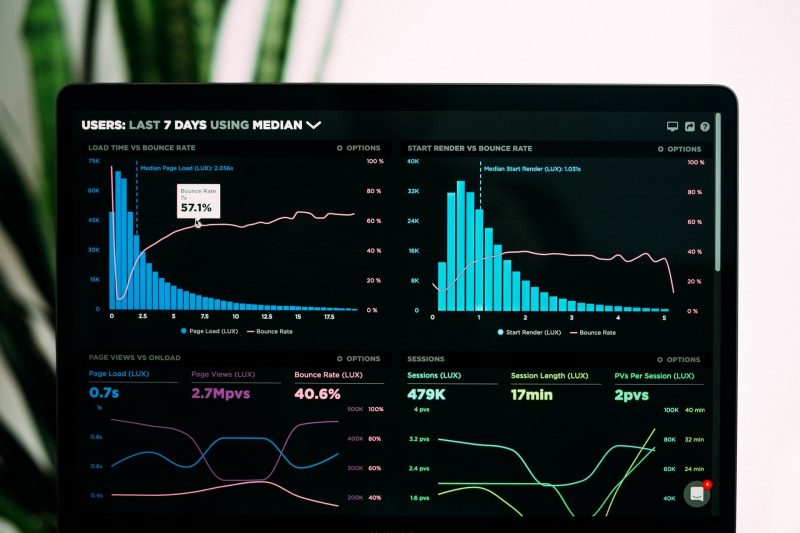Information is not power. If information were power, then librarians would be the most powerful people on the planet.
Bruce Sterling
Information gains real power when it becomes knowledge. However, let’s see what happens before that. Many people believe that the terms “data” and “information” are interchangeable and mean the same thing. Nevertheless, there is a clear distinction between the two concepts. To see their differences and at the same time catch interdependence let’s start with the definition of these notions.
Contents
Data
According to TechDifferences, “Data is raw, unanalyzed, unorganized, unrelated, uninterrupted material which is used to derive information, after analyzation.”
Thus, the data is …
- statistics, facts, observations, images, etc., which are suitable for interpretation.
- autonomous and independent of other concepts.
- measured in bits and bytes.
- of little value without analysis.
Information
Information is what you get after processing data. When data is carefully structured and handled, it becomes quality information.
- Information exists only because of data and depends entirely on data.
- It is characterized by a specific context, relevance and purpose.
- The main purpose of the information is to help make the most informed decisions.
- The most common ways of communicating information are data visualizations, reports, and dashboards.
Difference
There is a clear distinction between these two concepts, which does not allow substituting them. Let us take an example, “5000” is data but if we add feet in it i.e. “5000 feet” it becomes information. It is a higher level of intelligence hierarchy.
Another good example is thermometer readings in countries around the world. The list of these data means nothing until it is organized and analyzed to reveal information such as trends and patterns in global temperatures. Based on this information, it is possible to estimate the likelihood of natural disasters in the regions or predict an increase in temperatures.
Information = Data + Meaning
Measurement of digital information
Bits and bytes are the basis of measurement. The term bit is short for “binary digit”. A bit can only have two values “1” or “0”.
You have probably heard of Morse code, where combinations of long and short signals (dots and dashes) were decoded into words. If we take a combination of 8 digits, each of which can be one or zero, we get 256 combinations, which is enough to display both numbers and letters, and more than one alphabet. These 8 bits are called a byte.
It is not necessary to keep in mind or learn by heart, but you still have to estimate the size of the information. Measuring information in bits and even bytes is difficult because the amount of information is vast.
In the decimal system, we use prefixes to represent a large number. For example, the prefix kilo- means that the specified number must be multiplied by a thousand (1 kilogram = 1000 grams). A kilobyte is not a thousand bytes, but 2 to the power of 10. That is 1024 bytes.
The prefix mega assumes a million, but a megabyte is again 1024 kilobytes or 1,048,576 bytes. As you can see, a megabyte is larger than a kilobyte.
A gigabyte is 1024 megabytes = 1048576 kilobytes = 1073741824 bytes. A terabyte is 1024 gigabytes, respectively.
To understand what the usual thing for us will be in electronic form (in terms of volume), I will give approximate figures:
- content of A4 printed sheet – 100 KB
- 1.5 hours of a film in low (for modern scales) quality – 1.5 GB. High can be 40 GB
- medium quality photo – 1-1.5 MB
Resume
Information technology has developed rapidly over the past decades. For instance, nowadays we use cloud-based services as an alternative to local services. Data processing speed has increased significantly and storage cost is minimal. IT is applied in all life aspects (astronautics, medicine, education, etc.).
To sum up, these two interrelated concepts “data” and ”information” are the cornerstone of valuable insights that drive smart decisions and successful outcomes for both businesses and organizations.





